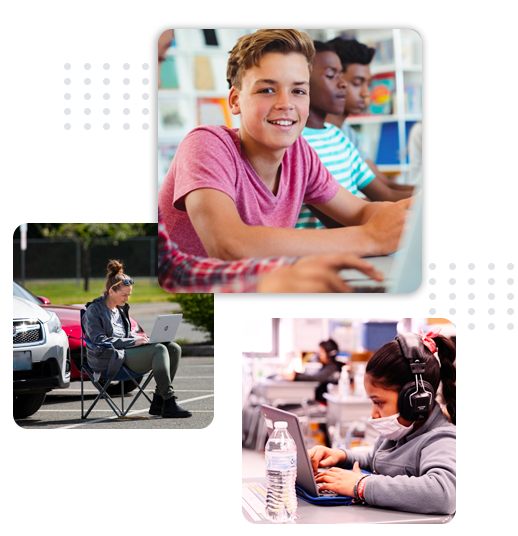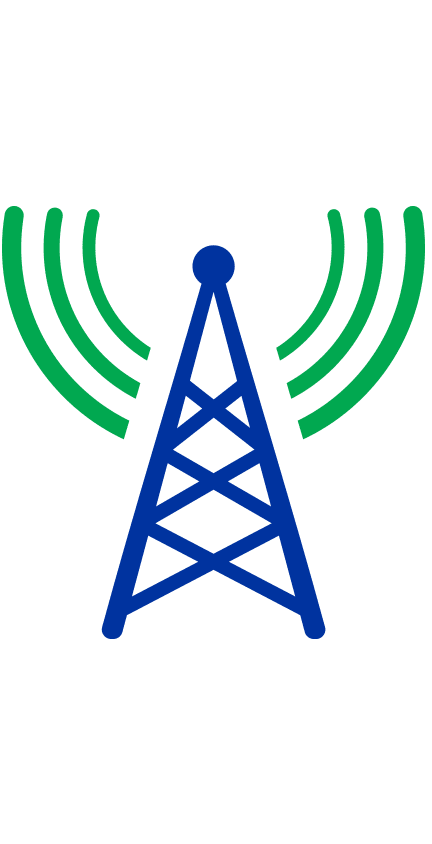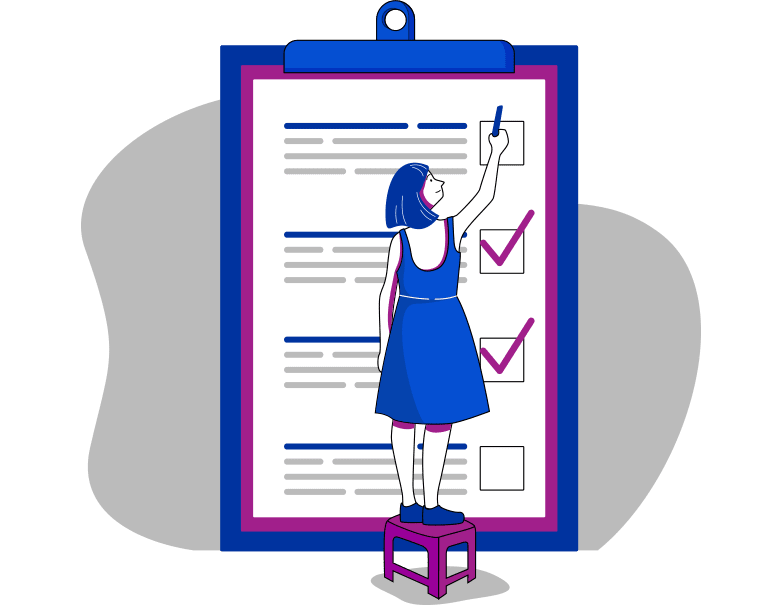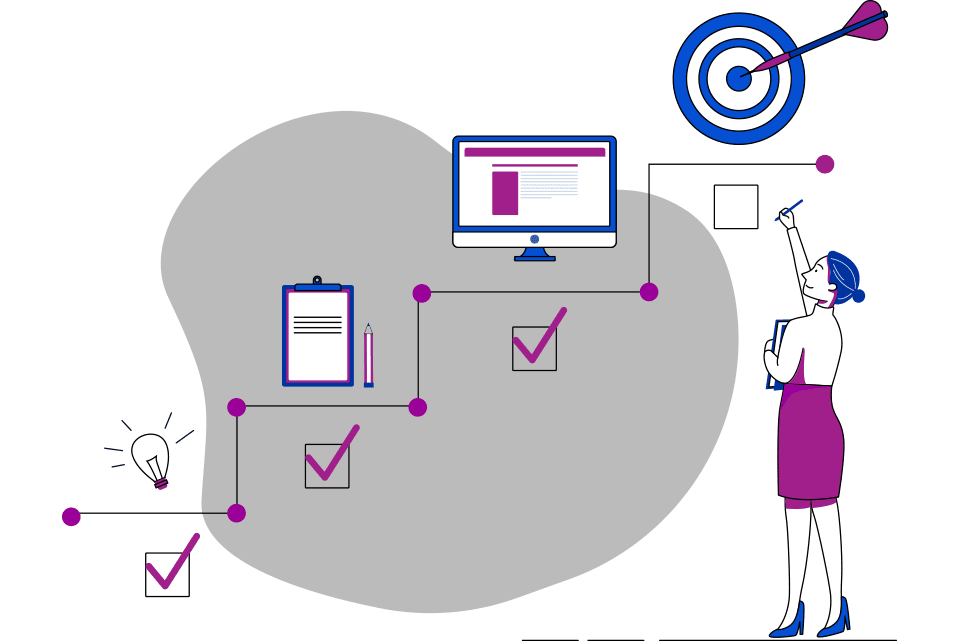What is the
Digital Divide?
The Digital Divide is a problem that affects people from all walks of life, and all income levels. It is a complex challenge, but the main issue that defines this Divide is access to reliable high-speed internet. In some areas, internet access is either limited, unavailable, or unaffordable for those who could be equipped. This leaves countless students (and professionals) to rely on public computers or spotty satellite signals as their only tools in an increasingly digital world. It leaves many more, like those in rural areas or living under the poverty line, without even that.











